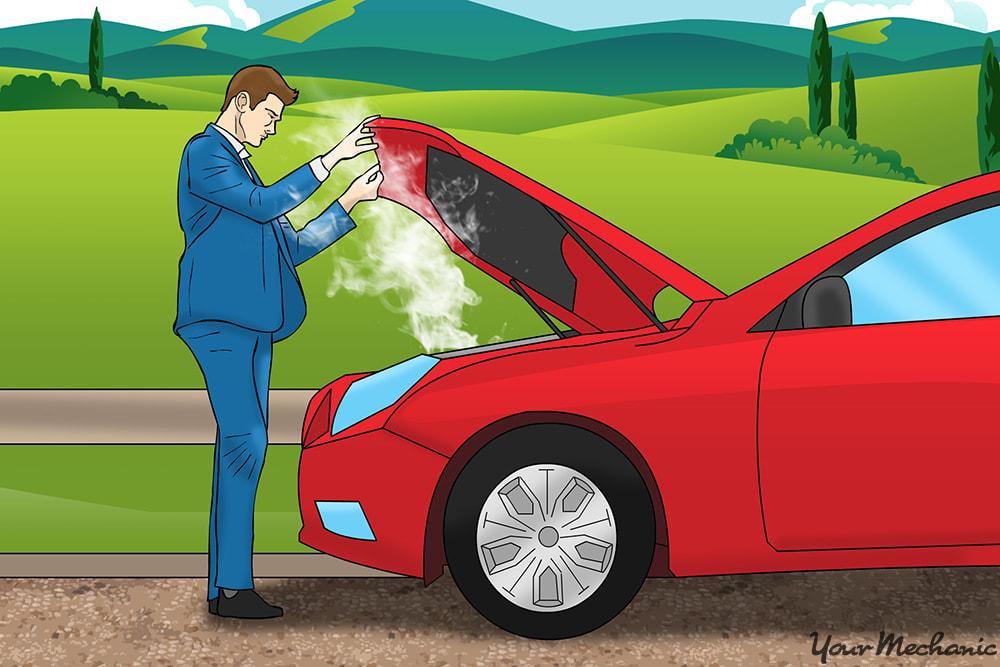
There are few things more alarming than seeing the temperature gauge on your car start to climb into the danger zone. An overheating engine can be a serious problem, potentially causing damage and even leading to a breakdown on the side of the road. However, knowing what to do when your car overheats can help you address the issue quickly and effectively, potentially saving you time, money, and stress. In this blog post, we’ll go over some steps you can take to address an overheating engine and get back on the road safely.
Step 1: Pull Over and Turn Off the Engine
The first thing to do when you notice that your car is overheating is to find a safe place to pull over and turn off the engine. Continued driving can cause further damage to the engine and potentially lead to a more expensive repair bill. Once you’ve found a safe spot, turn off the engine and wait for it to cool down.
Step 2: Identify the Cause of Overheating
Once the engine has cooled down, you can begin to identify the cause of the overheating. This will help you determine what steps to take next. Some common causes of overheating include low coolant levels, a malfunctioning radiator fan, a broken water pump, or a clogged radiator.
Step 3: Check the Coolant Levels
If you suspect that the cause of overheating is low coolant levels, you can check the coolant reservoir to see if it’s low or empty. Be careful not to remove the cap until the engine has cooled down completely, as the coolant may still be hot and can cause burns. If the coolant levels are low, you can add more coolant to the reservoir.
Step 4: Inspect the Radiator
If the coolant levels are normal, you can inspect the radiator for any signs of damage or debris. A clogged radiator can cause the engine to overheat, so check for any leaves, dirt, or other debris that may be blocking the airflow through the radiator. If you notice any damage, you may need to have the radiator repaired or replaced.
Step 5: Check the Radiator Fan
If the coolant levels and radiator are in good condition, the next step is to check the radiator fan. The fan helps to cool the engine by pulling air through the radiator. If the fan is not working properly, the engine may overheat. You can check the fan by turning on the engine and letting it run until it gets hot. If the fan doesn’t come on, it may need to be replaced.
Step 6: Get Professional Help
If you’ve tried all of these steps and the engine is still overheating, it’s time to seek professional help. Continued driving can cause further damage to the engine and potentially lead to a more expensive repair bill. You can call a tow truck or a mechanic to come and diagnose the problem.
In conclusion, an overheating engine can be a serious problem, but knowing what to do when your car overheats can help you address the issue quickly and effectively. Pull over and turn off the engine, identify the cause of overheating, check the coolant levels and radiator, inspect the radiator fan, and if all else fails, seek professional help. By taking these steps, you can potentially save yourself time, money, and stress, and get back on the road safely.
